Discover the uncharted territories of northeastern Japan, where six rural prefectures come together to form a region rich in custom and heritage. The Tōhoku region is a treasure trove of dramatic landscapes, history-rich sites, and outdoor activities like rafting, hiking, and skiing.
This comprehensive guide will take you on a journey through the region’s diverse attractions, from ancient temples to natural wonders. You’ll learn about the region’s resilient spirit and how tourism supports local communities. Whether you’re looking for cultural experiences, outdoor adventures, or culinary exploration, this guide has got you covered.
Get ready to explore one of Japan’s most underrated travel destinations and create unforgettable memories.
Discovering Japan’s Northeastern Wilderness
As you venture into the northeastern part of Japan, you’ll discover the untouched beauty of the Tōhoku region. This region is a treasure trove of cultural heritage and natural landscapes, offering a unique travel experience.
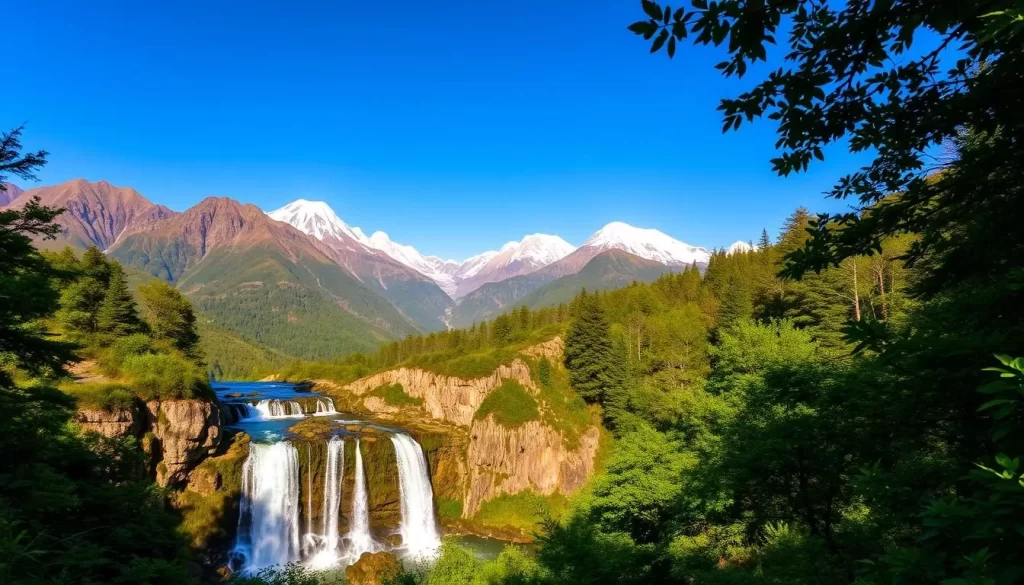
The Six Prefectures of Tōhoku
Tōhoku comprises six distinct prefectures: Aomori, Iwate, Miyagi, Akita, Yamagata, and Fukushima. Each prefecture boasts its own unique charm, from the vibrant festivals of Aomori to the historic temples of Hiraizumi in Iwate. You’ll experience the rich diversity of Japanese culture and nature as you explore these prefectures.
Why Visit Tōhoku Region
The Tōhoku region offers a perfect blend of accessibility and authenticity, making it an ideal destination for travelers. You’ll enjoy experiences ranging from the stunning cherry blossoms in spring to the spectacular autumn foliage. With its warm hospitality, Tōhoku welcomes visitors into local communities, providing a genuine taste of rural Japan. The region’s exceptional value for accommodations, dining, and activities makes it a compelling addition to any Japan itinerary.
Best Time to Visit Tōhoku Region
Understanding the best time to visit Tōhoku Region is crucial for a memorable trip. The region’s climate varies significantly throughout the year, impacting the quality of your travel experience.
Seasonal Highlights Throughout the Year
Tōhoku offers unique experiences across different seasons. Spring brings mild temperatures and beautiful cherry blossoms, while summer is ideal for outdoor activities with pleasant temperatures ranging from 20-30°C (68-86°F). Autumn is characterized by vibrant foliage, and winter transforms the region into a snowy paradise, perfect for skiing and snowboarding.
Visitors can enjoy various seasonal festivals and events, such as the Aomori Nebuta Festival in summer and the Sendai Tanabata Festival, adding to the region’s cultural richness.
| Season | Weather | Activities |
|---|---|---|
| Spring | Mild temperatures | Cherry blossom viewing, hiking |
| Summer | Warm, occasional rain | Outdoor exploration, festivals |
| Autumn | Cool, foliage | Viewing autumn leaves, cultural events |
| Winter | Cold, heavy snowfall | Skiing, snowboarding, winter festivals |
Weather Considerations
It’s essential to be aware that Tōhoku experiences more extreme weather variations than many other parts of Japan. Winters are harsh, especially in the western mountainous areas, with heavy snowfall. Summers are generally pleasant but can be humid. Spring and autumn are considered the most comfortable seasons for travel.
Visitors should pack accordingly and plan activities that align with the season’s conditions to make the most of their trip.
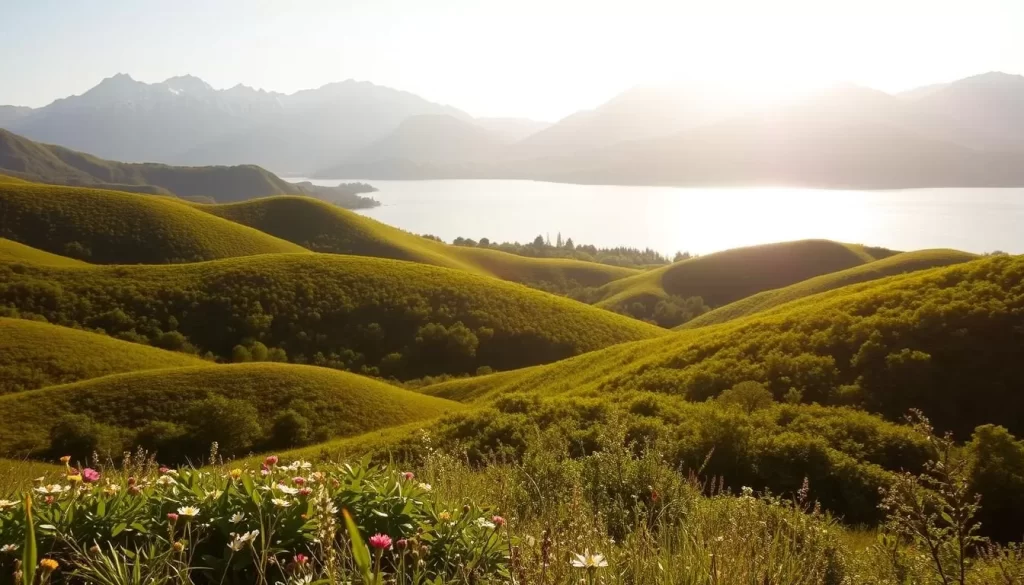
Exploring World Heritage Sites in Tōhoku
You can discover the rich cultural and historical significance of Tōhoku by visiting its World Heritage Sites. These sites not only reflect the region’s unique history but also its cultural identity shaped over centuries.
Hiraizumi and Chusonji Temple
Founded in 850 in Hiraizumi, Iwate Prefecture, Chusonji Temple was established on a full scale at the beginning of the 12th century. The temple is renowned for its ancient Konjikido (Golden Hall), a symbol of the temple that conveys its historical grandeur.
Historical Significance of Tōhoku’s Cultural Treasures
Tōhoku’s cultural sites, including its World Heritage Sites, offer insights into the region’s distinct historical development. The region’s history is marked by the interaction between Japanese and indigenous Emishi cultures, creating unique artistic and architectural traditions. Understanding the spread of Buddhism through northern Japan and its adaptation to local conditions enhances your appreciation of Tōhoku’s cultural heritage.
- You’ll gain insight into how Tōhoku’s cultural sites reflect the region’s unique historical development.
- The region served as a frontier zone where Japanese and indigenous Emishi cultures interacted.
- You’ll understand how Buddhism spread through northern Japan, adapting to local conditions.
- The cultural treasures of Tōhoku reflect periods of both isolation from and connection to central Japanese authorities.
- This section places Tōhoku’s UNESCO sites and other cultural landmarks in their broader historical context.
Must-Visit Natural Wonders
From serene streams to majestic crater lakes, Tōhoku’s natural beauty is awe-inspiring. The region is home to diverse landscapes that are sure to captivate any traveler.
Oirase Stream Hiking Trails
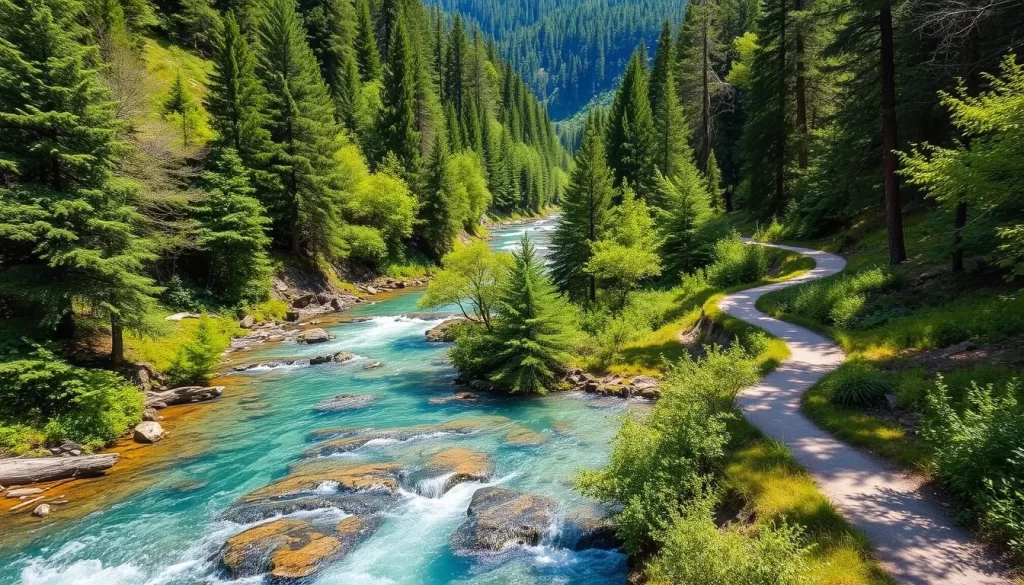
Awarded two stars in the Michelin Green Guide, the Oirase Stream runs through the mountains for about 14 km, offering breathtaking views such as waterfalls and unique rock formations. You can enjoy hiking along the banks of the stream, where it’s cool even in summer.
Okama Crater Lake in Zao
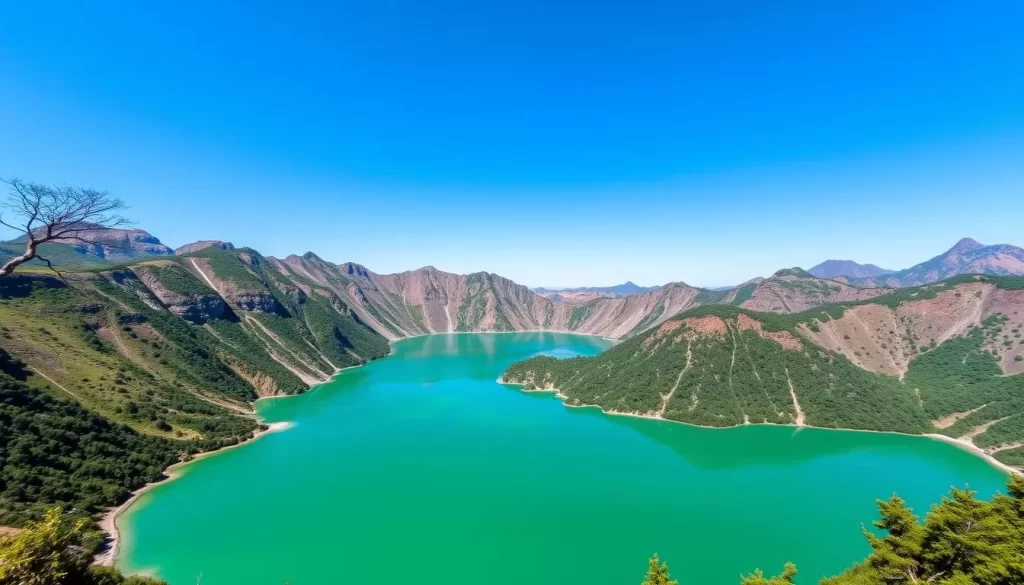
You’ll be amazed by Okama, a spectacular crater lake in the Zao mountain range of Yamagata Prefecture, known for its striking water color. The lake’s color changes throughout the day and seasons due to mineral content and light conditions, creating a mesmerizing natural beauty. You can take a guided tour to appreciate this natural wonder.
Cherry Blossom Viewing in Tōhoku
The Tōhoku Region offers some of Japan’s most spectacular cherry blossom viewing opportunities. As spring arrives, the area transforms into a picturesque landscape, attracting visitors from all over the world.
Takizakura in Miharu
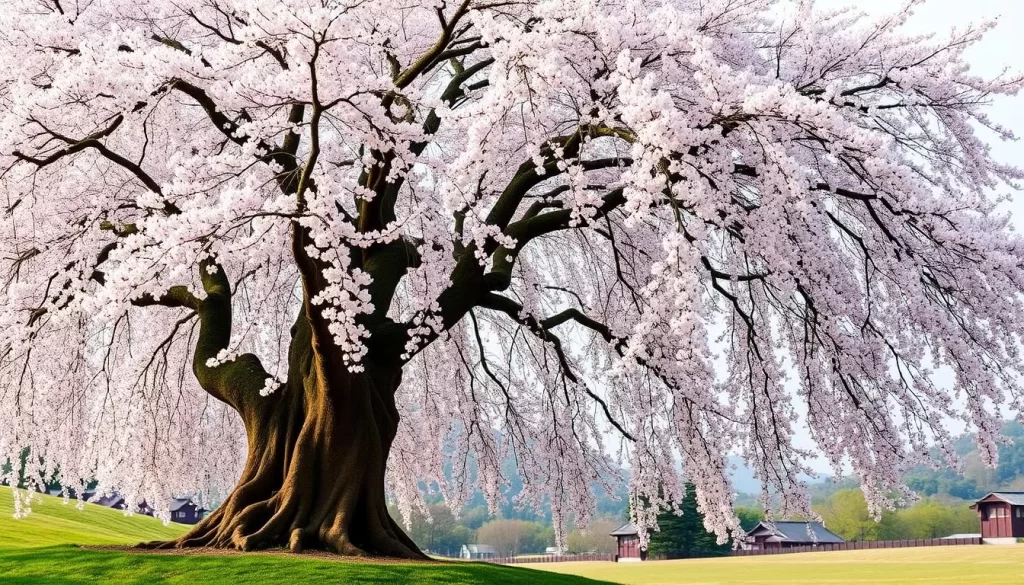
Takizakura, a 1,000-year-old weeping cherry tree in Miharu, is a must-see. This historic tree is a symbol of the town‘s resilience and natural beauty.
Kakunodate Samurai District in Spring
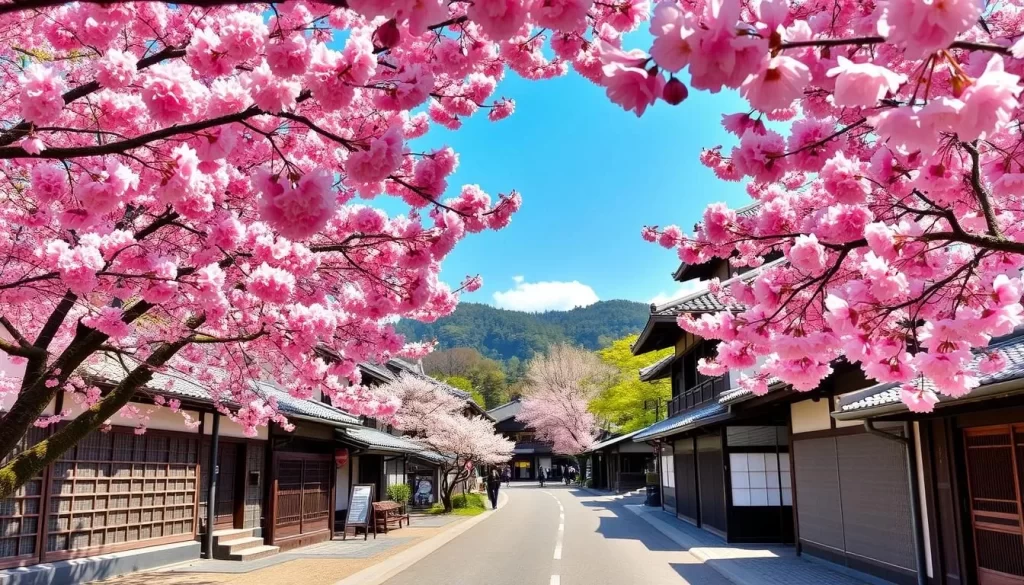
Kakunodate Samurai District comes alive in spring with its stunning cherry blossom displays. Founded in 1620 by Lord Ashina Yoshikatsu, this former castle town preserves its Edo-period architecture, creating a perfect backdrop for the blossoms. The district’s historic streetscapes, lined with weeping cherry trees, offer a glimpse into Japan’s feudal past and its rich history.
Spectacular Autumn Foliage Spots
The Tōhoku Region is a haven for autumn foliage enthusiasts, boasting diverse and stunning natural beauty. As the seasons change, the landscape transforms into a vibrant tapestry of colors, offering numerous spots to take in the breathtaking views.
Matsushima Bay in Fall
Matsushima Bay is a scenic site, facing the Pacific Ocean with over 260 small islands. The bay is particularly stunning during autumn, with the garden of Entsuin Temple presenting a gorgeous landscape of red, orange, and yellow leaves. Visitors can enjoy a sightseeing boat tour to explore the islands while taking in the ocean breeze.
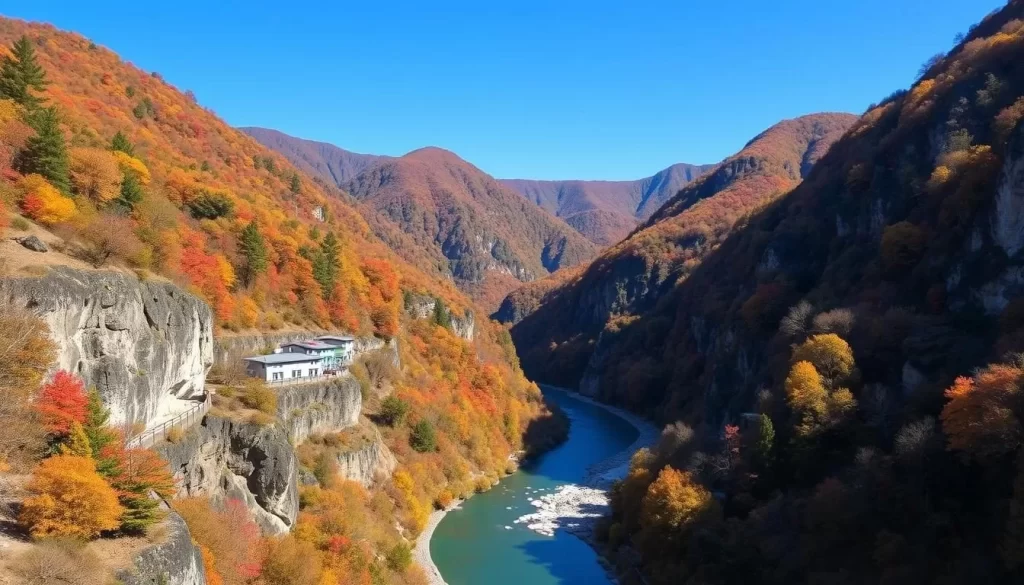
Naruko Gorge’s Colorful Landscape
Naruko Gorge is a 2.5-kilometer ravine that transforms into a symphony of autumn colors. The dramatic V-shaped gorge creates a natural canvas for the fall colors, with the contrast between the trees and rugged cliffs creating a breathtaking scene. The observation deck near the Naruko Gorge Resthouse offers panoramic views of the valley, making it a must-visit spot during autumn.
The best time to visit these spots is typically between late October and early November, when the colors reach their peak intensity. Visitors can also explore the Naruko Gorge Walking Trail, relax at nearby hot springs, and enjoy the scenic views.
Tōhoku Region, Japan: Best Things to Do in Winter
Tōhoku Region in Japan offers a unique winter experience, with its untouched powder snow and vibrant festivals. As the snow falls, the region transforms into a serene and picturesque landscape.
Powder Snow Paradise for Skiers
The Tōhoku region is renowned for its powder snow, making it a paradise for skiers. With numerous ski resorts, you can enjoy a variety of slopes for all skill levels. The region’s ski resorts, such as those in the Zao Onsen and Appi Kogen, offer excellent conditions for a memorable skiing experience.
- Enjoy wide, groomed slopes for beginners.
- Explore challenging off-piste terrain for advanced skiers.
- Relax in natural hot springs after a day on the slopes.
Winter Festivals and Illuminations
Tōhoku’s winter festivals are a highlight of the season, showcasing the region’s creativity and resilience. 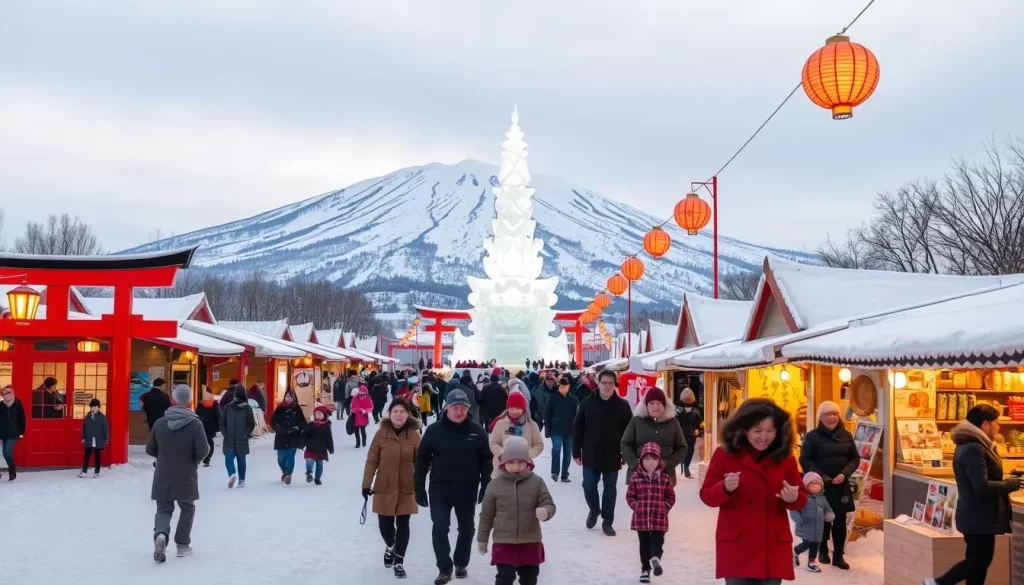 You’ll be enchanted by unique events like the Yokote Kamakura Festival, where snow huts are illuminated by candles, and the Hirosaki Castle Snow Lantern Festival, which transforms the castle grounds into a winter wonderland.
You’ll be enchanted by unique events like the Yokote Kamakura Festival, where snow huts are illuminated by candles, and the Hirosaki Castle Snow Lantern Festival, which transforms the castle grounds into a winter wonderland.
These festivals offer a chance to experience local culture and hospitality, with visitors welcomed to share in traditional food and drink.
Relaxing in Tōhoku’s Famous Hot Springs
The Tōhoku region is home to some of Japan’s most famous and therapeutic hot springs, offering a serene escape from the hustle and bustle of daily life. These natural hot springs are not only rejuvenating but also steeped in tradition and culture.
Kusatsu Onsen Experience
Kusatsu Onsen is renowned for having the largest amount of natural spring water discharge in Japan, making it highly effective against various ailments. The hot spring water is directly fed from the source, providing a pleasant and high-temperature hot spring experience. You can also explore the unique onsen culture, including “yubatake” and “yumomi,” which are traditional methods for cooling down the hot spring water.
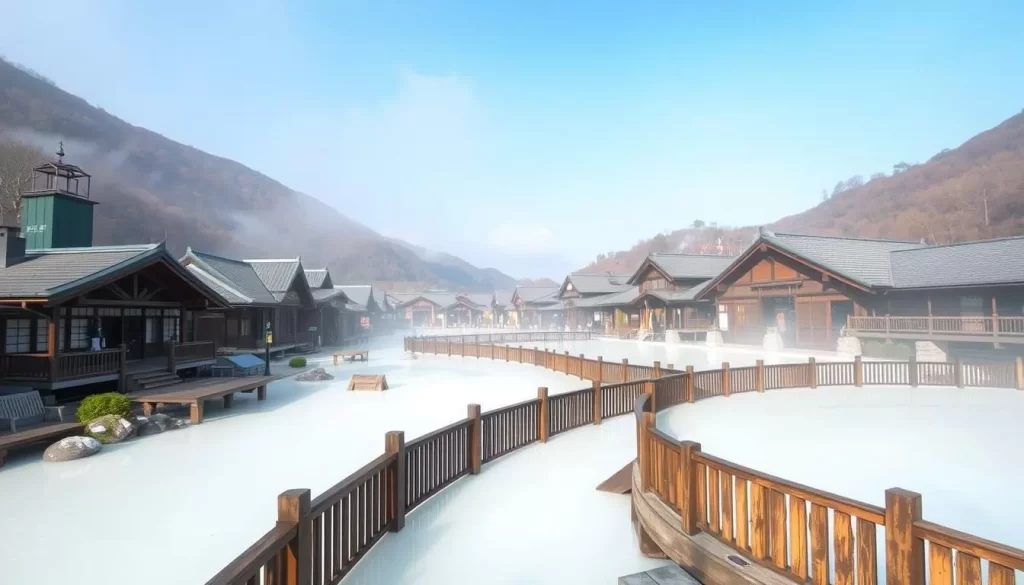
Nyuto Onsen Village
Nyuto Onsen Village is a collection of seven traditional hot spring ryokan nestled in the mountains of Akita Prefecture. The area is famous for its milky white, mineral-rich waters that have been soothing travelers for centuries. You can enjoy a peaceful experience at Tsurunoyu, the oldest ryokan, with its thatched roofs and mixed-gender outdoor bath. To get there, you can use the seasonal bus services that operate in the region.
Cultural Festivals Not to Miss
Immerse yourself in Tōhoku’s unique cultural heritage by attending one of its many festivals. The region is known for its vibrant cultural events that showcase its rich history and community spirit.
Aomori Nebuta Festival
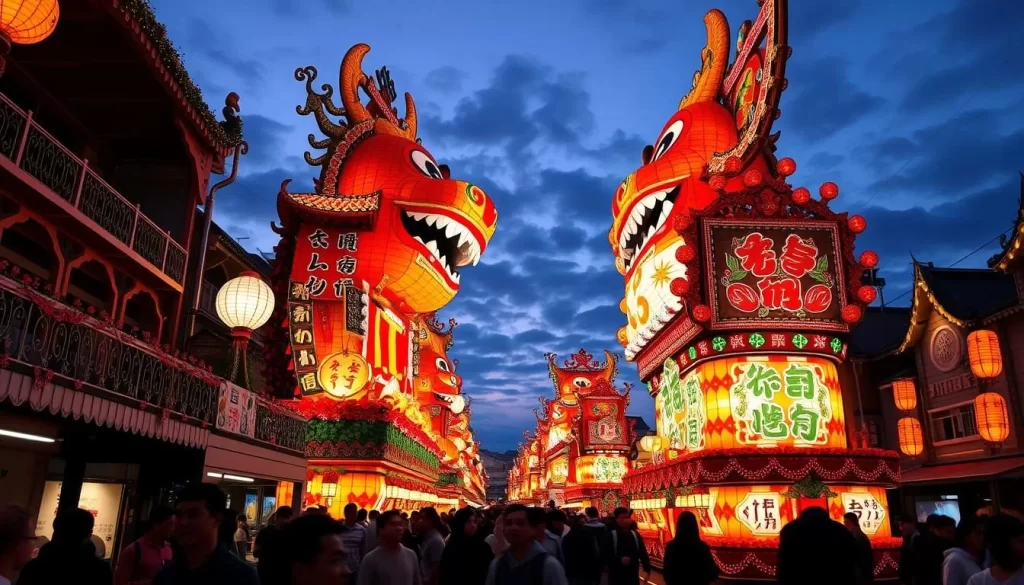
The Aomori Nebuta Festival is famous for its large nebuta lantern floats and the energetic sound of drums. In the evening, the floats are lit up, creating an electrifying atmosphere. To fully enjoy the festival, consider joining as a haneto dancer.
Sendai Tanabata Festival
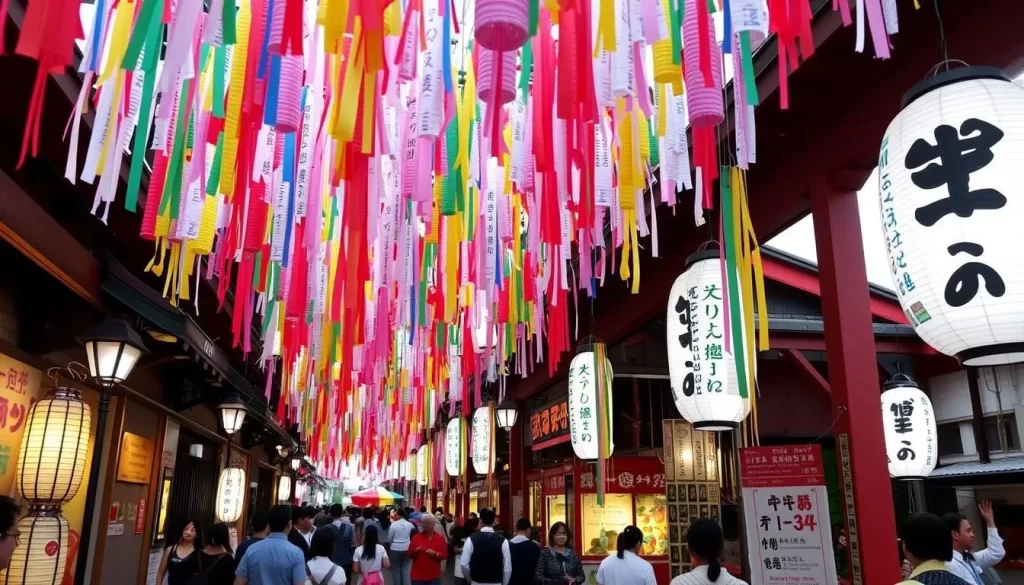
The Sendai Tanabata Festival, held from August 6-8, transforms the city into a vibrant spectacle with thousands of colorful paper streamers and decorations. The festival celebrates the legend of two star-crossed lovers and features elaborate handmade decorations, food stalls, and traditional performances, attracting over 2 million visitors.
Historical Towns and Traditional Architecture
Step back in time and explore Tōhoku’s well-preserved historical towns, where traditional architecture and rich history await your discovery.
Kakunodate Samurai Residences
Kakunodate, founded in 1620 by lord Ashina Yoshikatsu, is a town that has retained its old streetscapes from several hundred years ago. The picturesque streets, lined with traditional samurai residences, create a quaint atmosphere, especially when the cherry blossoms are in full bloom. You’ll feel as if you’ve stepped back in time as you stroll through the historic district.
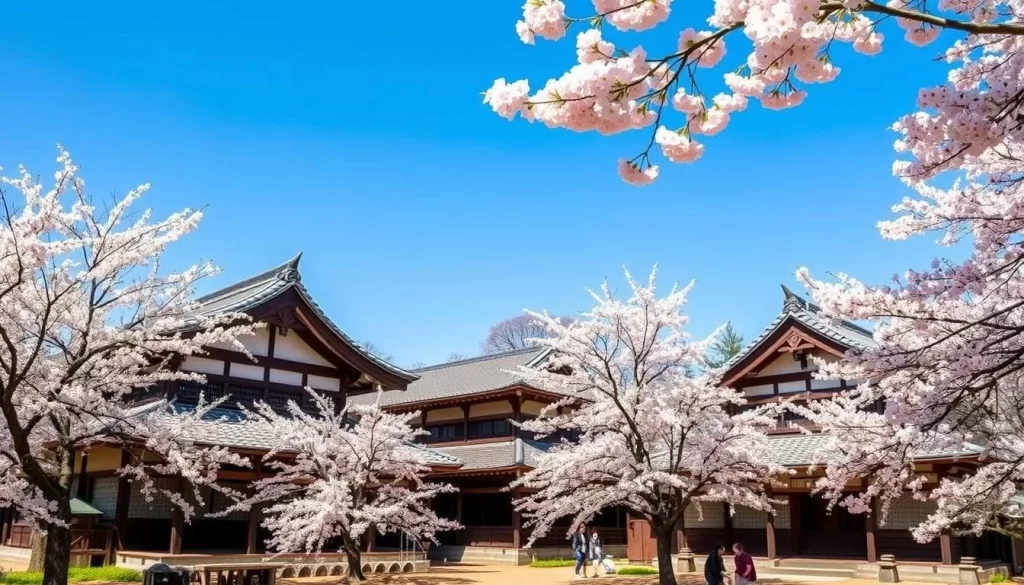
Aizu-Wakamatsu Castle Town
Aizu-Wakamatsu is a castle town with a dramatic history, known for being the site of one of the last stands of the Tokugawa shogunate during the Boshin War. The reconstructed Tsuruga Castle serves as the town’s centerpiece, housing a museum about the region’s history and offering panoramic views. You can explore the town’s numerous historic buildings, including Oyakuen Medicinal Garden, and use the convenient loop bus that connects major sites.
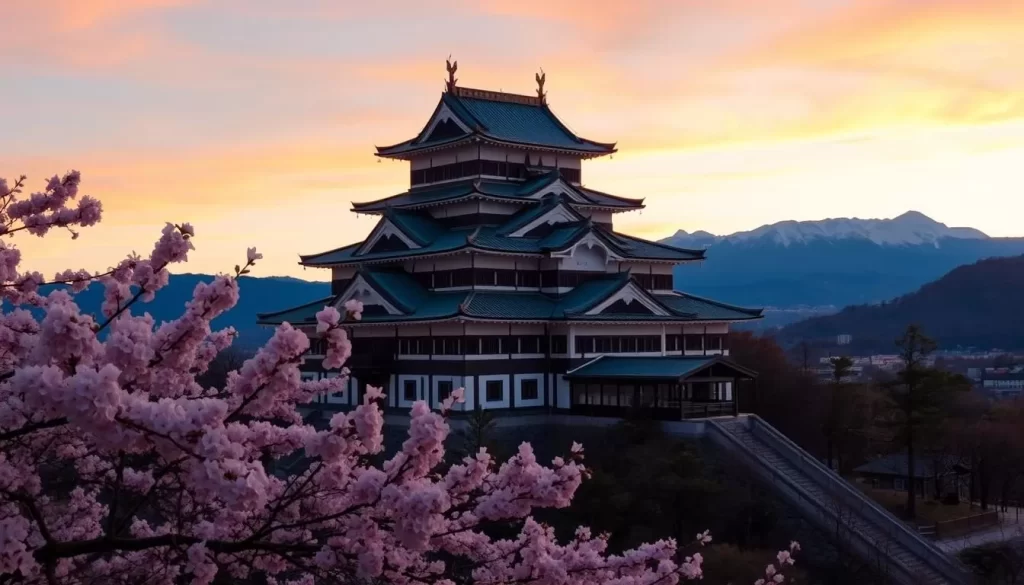
Unique Architectural Wonders
Discover the architectural marvels that make Tōhoku a fascinating destination. The region is dotted with structures that showcase Japan’s rich cultural and historical heritage.
Aizu Sazaedo’s Double-Helix Structure
Aizu Sazaedo is a remarkable temple known for its double-helix structure, a unique architectural feature that sets it apart from other temples in Japan. This intriguing design allows visitors to explore the temple’s complex layout, which includes multiple levels and staircases.
Yamadera Temple on the Mountainside
Yamadera, or Risshakuji Temple, is dramatically situated on the mountainside in Yamagata Prefecture. To reach the top, you’ll need to climb 1,015 stone steps, but the view from Godaido Hall is well worth the effort, offering breathtaking panoramas of the surrounding landscape.

Yamadera is not just an architectural site; it’s an experience that combines nature and spirituality. Visitors can enjoy the serene atmosphere and take in the historical significance of the temple, which was visited by the famous poet Matsuo Basho.
To visit Yamadera, take a bus from Yamagata Station, which is conveniently connected by train to other major cities in Tōhoku.
Culinary Delights of Tōhoku
Tōhoku’s culinary scene is a treasure trove of flavors, offering a unique gastronomic experience that showcases the region’s rich agricultural heritage. You’ll discover a variety of local specialties and fresh produce that make Tōhoku a food lover’s paradise.
Regional Specialties to Try
Tōhoku is known for its diverse regional specialties, each reflecting the local culture and ingredients. You can indulge in fresh seafood, local delicacies, and traditional dishes that are sure to tantalize your taste buds. The region’s food scene is characterized by its emphasis on freshness and seasonality, ensuring that every meal is a memorable experience.
Fruit Picking Experiences
One of the joys of visiting Tōhoku is the opportunity to engage in fruit picking, a fun and interactive way to enjoy the region’s agricultural bounty. Depending on the season, you can pick a variety of fruits at local farms. For instance, Yamagata Prefecture is famous for its cherry picking in early summer, while Fukushima offers peach picking from July to September. You can easily plan a full day of activities around these fruit picking experiences, combining them with visits to nearby attractions.
In Aomori, you can enjoy apple picking from late August through November, with many orchards offering all-you-can-eat options and the chance to try rare varieties. This hands-on agricultural experience allows you to connect with nature and enjoy the freshest fruits straight from the source.
Outdoor Adventures in Tōhoku’s Wilderness
Tōhoku’s wilderness is a treasure trove of outdoor adventures waiting to be discovered. You can immerse yourself in nature by exploring the region’s diverse landscapes, from lush forests to rugged coastlines.
Hiking and Trekking Routes
You can experience Tōhoku’s natural beauty through its numerous hiking and trekking routes. The region offers trails for all skill levels, ranging from leisurely strolls to challenging mountain ascents. Popular routes include the Oirase Stream hiking trail and the mountains of Dewa Sanzan.
Water Activities and River Experiences
Tōhoku’s abundant water resources offer a variety of activities. You can enjoy a serene river experience aboard traditional wooden boats on the Mogami River. For thrill-seekers, whitewater rafting on rivers like the Tone and Abukuma provides an exhilarating experience. Coastal areas, such as Matsushima Bay and the Sanriku Coast, offer water activities like sea kayaking, allowing you to explore hidden beaches and sea caves.
Day Trips from Major Tōhoku Cities
Experience the best of Tōhoku on day trips from its major cities, where history, nature, and culture await. Whether you’re based in Sendai or Aomori, there are numerous exciting destinations within easy reach.
From Sendai
Sendai is an ideal base for exploring the surrounding region. You can visit the historic city of Matsushima, known for its picturesque bay and numerous islands. Take a boat tour to explore the bay’s scenic beauty, or visit the Zao Onsen ski resort for some world-class skiing.

From Aomori
Aomori City provides convenient access to some of northern Tōhoku’s most distinctive attractions. The Shimokita Peninsula offers dramatic coastal scenery and the mysterious Osorezan (Mount Osore), believed to be an entrance to the afterlife. You can also visit Hirosaki, a castle town famous for its cherry blossoms in spring and well-preserved samurai district.

Transportation Tips for Exploring Tōhoku
With its mix of modern trains, buses, and scenic drives, Tōhoku offers a travel experience like no other. Understanding the transportation options available is key to making the most of your trip.
Train Travel
You can easily travel between major cities in Tōhoku by train, using services like the Tohoku Shinkansen. While trains are convenient for larger destinations, they may not reach every remote area or attraction.
Train services are efficient, but for more flexibility, consider other options for rural areas.
| Transport Mode | Coverage | Flexibility |
|---|---|---|
| Train | Major cities and some rural areas | Limited to rail lines |
| Bus | Extensive, including rural areas | High, with various routes |
| Car Rental | All areas, including remote spots | Very High, self-driven |
Bus and Car Options
For rural areas, buses are often the best option, providing access to hot springs, hiking trails, and other attractions not covered by trains. Highway buses offer an economical way to travel long distances, sometimes with overnight services that save on accommodation costs.
Renting a car gives you the most flexibility, especially in western Tōhoku where train services are less frequent. Many tourist areas also have loop buses or shuttle services connecting train stations with popular spots.
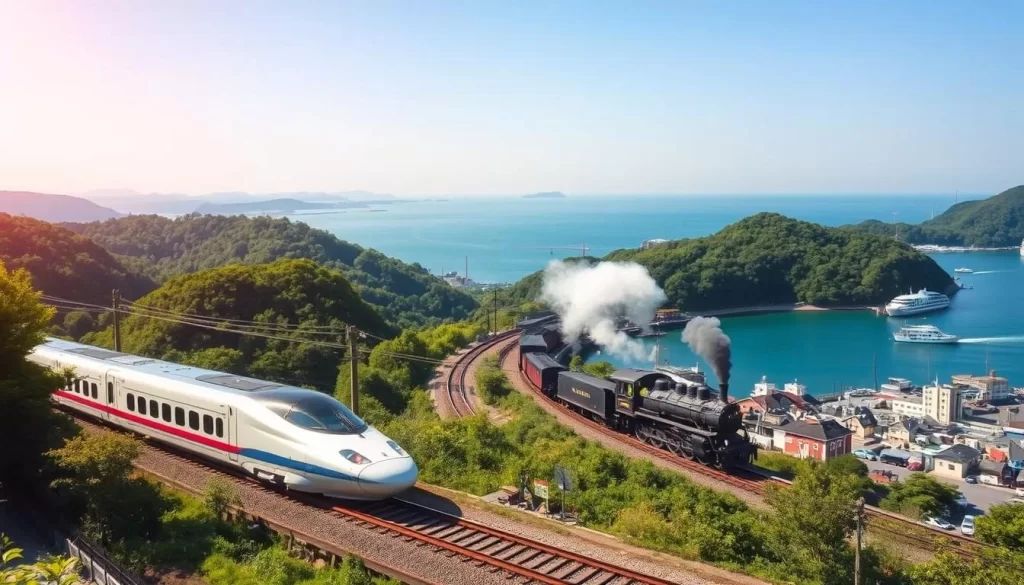
Conclusion: Planning Your Perfect Tōhoku Adventure
Embarking on a journey to Tōhoku means immersing yourself in a world of historical significance, natural splendor, and warm hospitality. As you’ve discovered, the Tōhoku region offers a diverse array of attractions and experiences that cater to all kinds of travelers, from UNESCO World Heritage sites and historic temples to breathtaking natural wonders and vibrant cultural festivals.
The region rewards travelers in every season, whether you’re seeking cherry blossoms in spring, vibrant festivals in summer, colorful foliage in autumn, or powder snow in winter. Planning your trip to Tōhoku requires balancing travel time between destinations, as the region’s attractions are spread across six prefectures.
A successful trip might combine a major city base like Sendai or Aomori with strategic overnight stays in more remote areas, such as traditional hot spring towns or historic districts. With its unique blend of cultural heritage and natural beauty, Tōhoku is sure to leave a lasting impression on your travel experiences in Japan.
The above is subject to change.
Check back often to TRAVEL.COM for the latest travel tips and deals.






